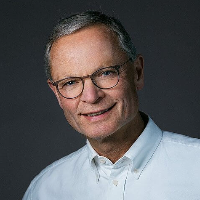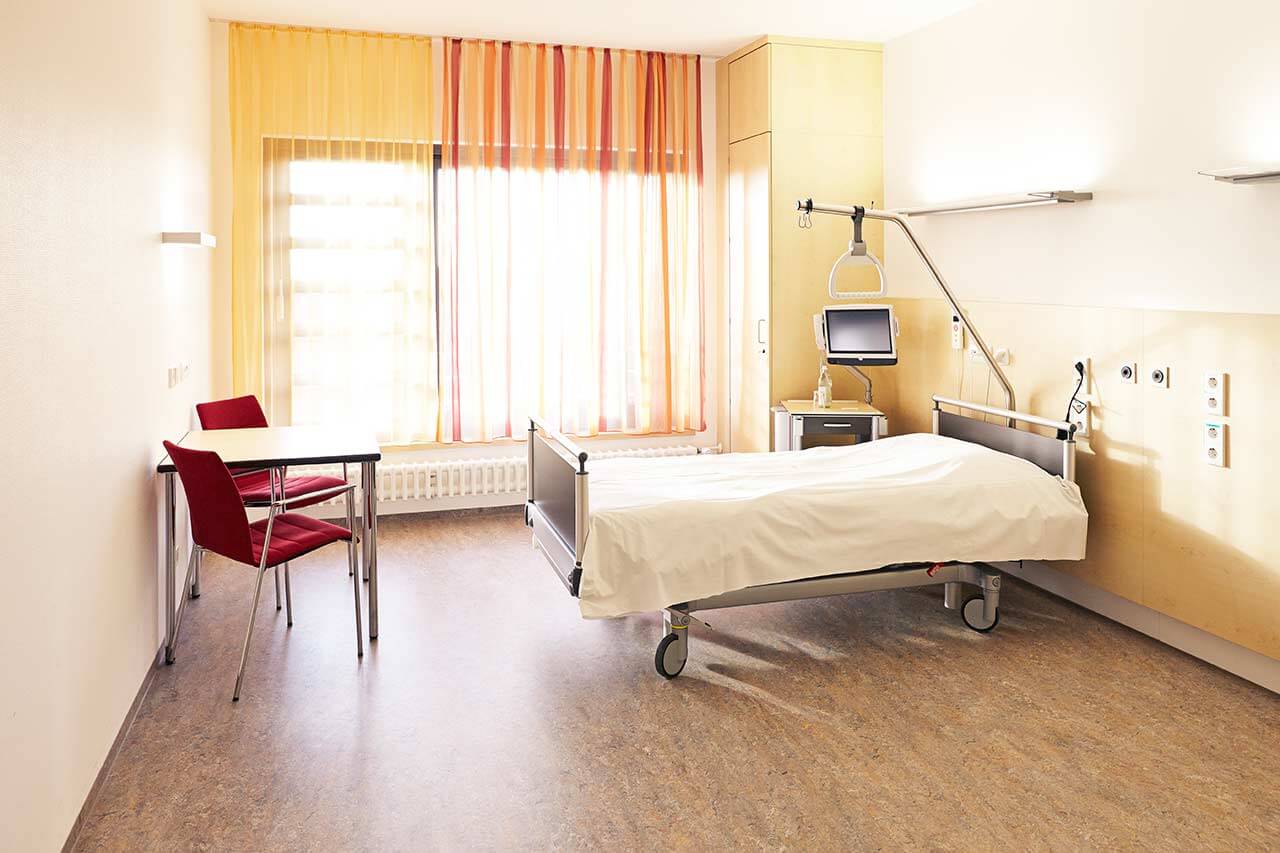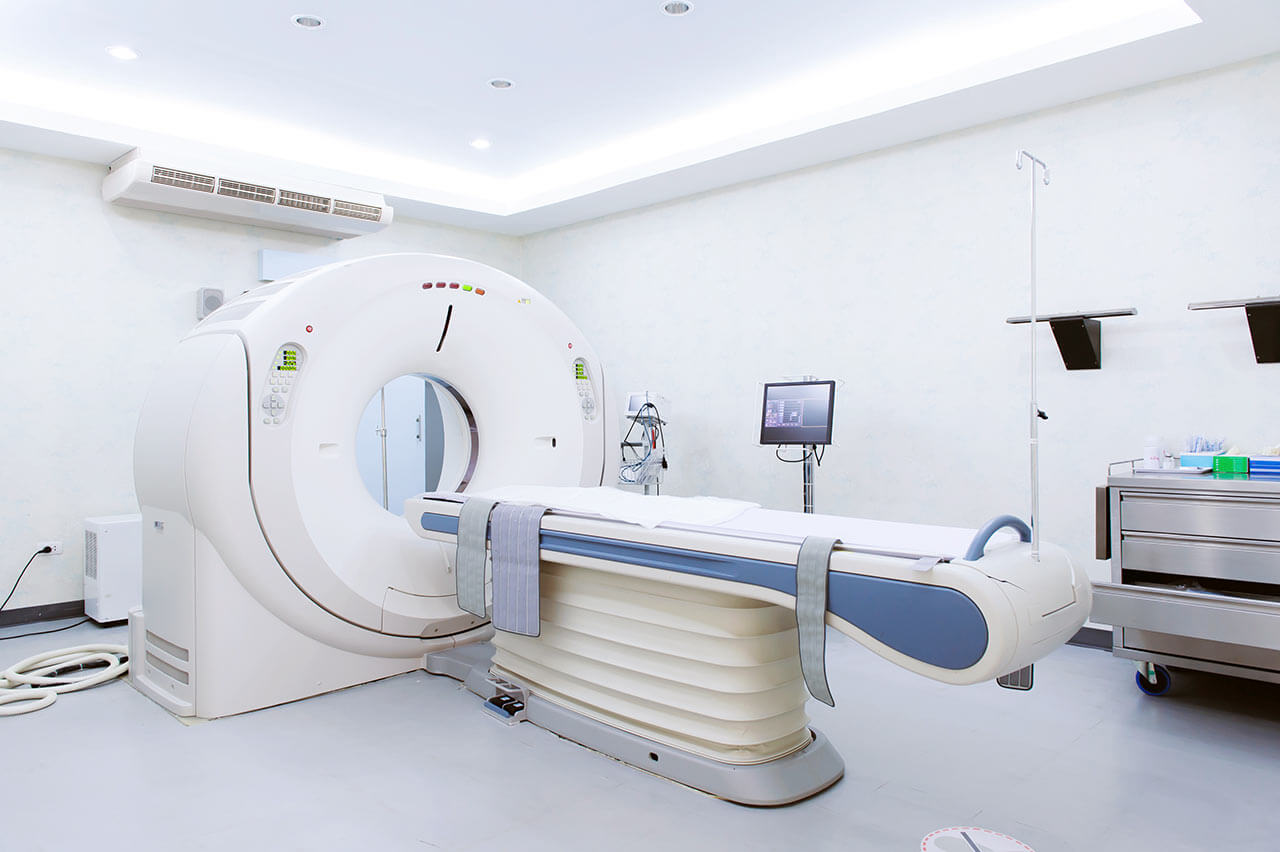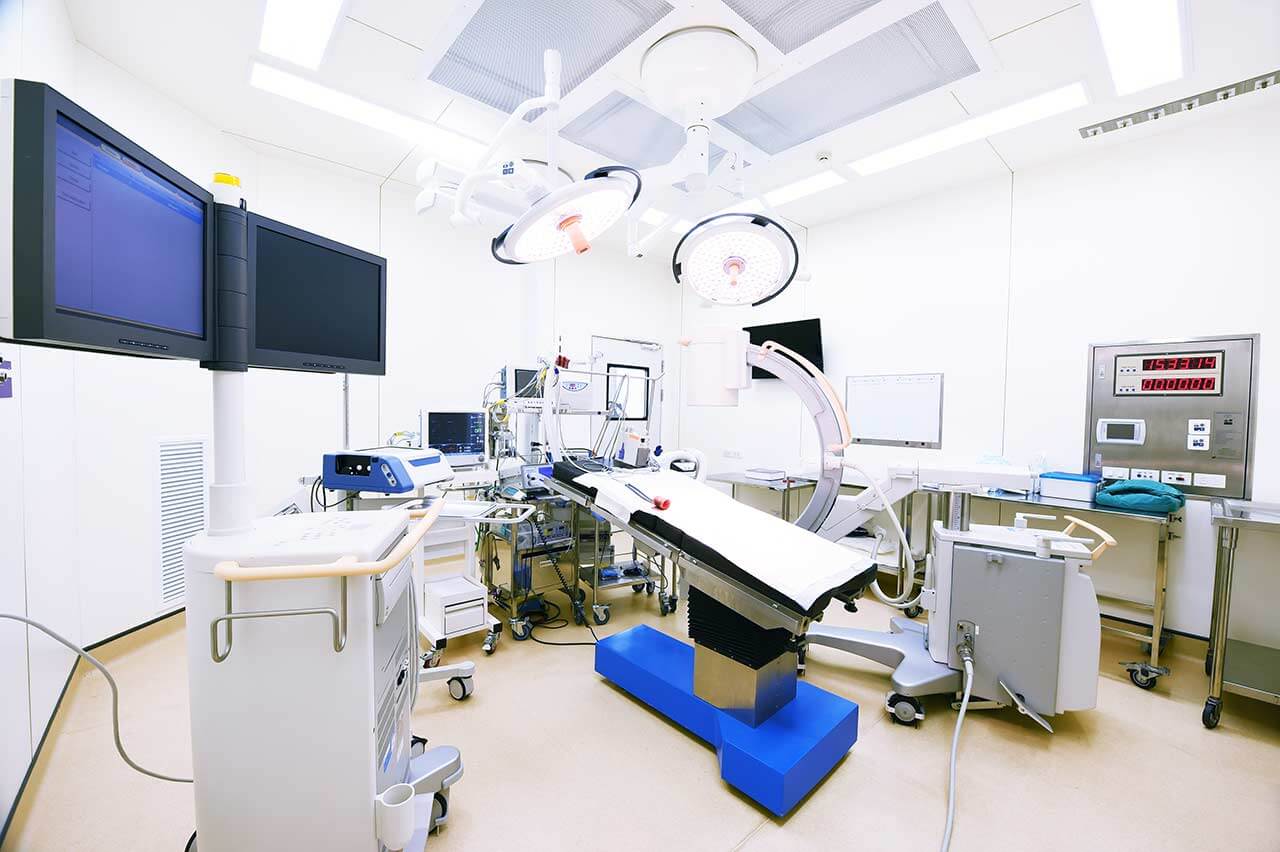
The program includes:
- Initial presentation in the clinic
- clinical history taking
- review of medical records
- physical examination
- CT scan of the sacrum
- MRI of the sacrum (if indicated 1200 €)
- biopsy of tumor if indicated (if indicated 800 €)
- histologically and immunohistochemically examination (if indicated 1000 €)
- nursing services
- consultation of related specialists
- consultation of the chief physician and all leading experts
- development of individual treatment plan
Required documents
- Medical records
- MRI/CT scan (not older than 3 months)
- Biopsy results (if available)
Service
You may also book:
 BookingHealth Price from:
BookingHealth Price from:
About the department
The Department of Orthopedics and Orthopedic Surgery, Foot Surgery at the Helios ENDO-Clinic Hamburg provides the full range of modern services for musculoskeletal disease diagnostics, conservative and surgical treatment. Particular attention is paid to arthroscopic and open interventions on all large and small joints, including the knee, hip, shoulder, elbow, and ankle joints. The department's team of doctors also successfully performs interventions on cartilage tissue, ligament plastic surgery and prosthetic repair, corrective osteotomy, operations to eliminate rheumatic joint lesions, and interventions for foot diseases. In most cases, surgeons use low-traumatic surgical techniques, which contribute to the rapid postoperative recovery. The medical facility offers many conservative treatment methods, such as acupuncture, physiotherapy, chiropractic, infiltration therapy, injection therapy, manual therapy, laser therapy, magnetotherapy, and many others. Conservative therapy can be used as a stand-alone treatment method or in addition to surgery. Each patient receives a carefully developed treatment plan, considering their individual needs and wishes. The Head Physician of the department is PD Dr. med. Carl-Heinz Hartwig.
The department's specialists most often deal with pathological lesions of large joints. At the early stages of the development of joint pathology, the specialists use only conservative treatment methods, but, in the advanced stages, it is often impossible to avoid a surgical intervention. As a rule, the doctors of the medical facility prefer arthroscopic surgery, namely minimally invasive interventions that are performed through a small puncture in the joint area. An optical device (arthroscope) and special miniature instruments are inserted through the puncture. Such an approach avoids extensive soft tissue lesions. Arthroscopic interventions significantly facilitate and accelerate postoperative recovery, as well as reduce the risk of postoperative complications. During arthroscopy, both general and regional anesthesia can be used. In rare cases, local anesthesia can also be used. The operation is followed by an examination aimed at the assessment of the results of the surgical intervention, which is repeated after a week.
The scope of tasks of the department's doctors also includes low-traumatic operations for knee ligament prosthetic repair and plastic surgery, stabilizing joint surgery, cartilage tissue transplantation, corrective osteotomy, and interventions for sports injuries. Patients can count on the most sparing, but, at the same time, highly effective treatment, after which they will be able to quickly get rid of pain and restore their mobility.
The department's therapeutic options are complemented by the treatment of foot diseases, including hallux valgus, hallux rigidus, ankle instability, Achilles tendon rupture, heel spur, metatarsalgia, hammer and claw toe deformities, Morton's neuroma, etc. The treatment of the abovementioned foot pathologies mostly requires surgery, if possible, minimally invasive. However, even in the advanced stages, there is still a chance to get rid of pathological foot changes with the help of conservative treatment methods. For example, the department's specialists successfully use extracorporeal shockwave therapy (ESWT) to treat Achilles tendon inflammation (achillodynia) and heel spurs. The main advantage of extracorporeal shock wave therapy is its high efficiency, but the therapeutic procedure eliminates the use of X-rays or drugs. The therapeutic effect is achieved through exposure to high-energy magnetic pulses. The classic course of ESWT therapy consists of 3-6 procedures on average. Most patients experience significant pain relief as early as 8-10 days after the first treatment. Physiotherapy and therapeutic exercises are often prescribed after extracorporeal shock wave therapy.
The department's range of medical services includes the following options:
- Diagnostics
- Digital X-ray scans
- Ultrasound scans
- Pedography (foot pressure measurement)
- 3D spine analysis
- Bone mineral density measurement (DXA)
- Treatment
- Conservative treatment
- Acupuncture
- Chiropractic
- Intra-articular injections
- Infiltration therapy
- Infusions as pain management
- Manual therapy
- Nerve root block
- Neural therapy
- Physiotherapy
- Kinesiology taping
- Laser therapy
- Magnetotherapy
- Extracorporeal shock wave therapy
- Traditional Chinese medicine
- Trigger point shock wave therapy
- Surgical treatment
- Arthroscopic surgery for large and small joints
- Knee ligament prosthetic repair and plastic surgery
- Surgery for fractures
- Surgery for foot diseases (hallux valgus, hallux rigidus, ankle instability, Achilles tendon rupture, etc.)
- Stabilizing joint surgery
- Arthrodesis
- Cartilage tissue and bone surgery, and cartilage tissue transplantation
- Corrective osteotomy
- Open surgery on the large and small joints
- Osteotomy
- Conservative treatment
- Other methods of diagnostics, conservative and surgical treatment of orthopedic diseases
Curriculum vitae
Higher Education
- 1977 - 1984 Medicine studies at the Universities of Mainz, Hamburg and Ludwig Maximilian University of Munich.
- 1984 Admission to medical practice.
- 1985 Doctoral Degree, Ludwig Maximilian University of Munich.
- 1997 Habilitation and PD title with the right to teach in Orthopedics, Medical School of the Eberhard Karl University of Tuebingen.
Professional Career
- 1984 - 1985 Assistant Physician in the Department of Anesthesiology and Intensive Care at the Municipal Hospital Sindelfingen.
- 1985 - 1987 Assistant Physician in the Department of Traumatology at the Municipal Hospital Sindelfingen.
- 1987 - 1997 Assistant Physician and Senior Physician in the Department of Orthopedics at the University Hospital Tuebingen.
- 1997 - 06.2018 Partner of the Joint Orthopedic Private Practice Orthopädie Mühlenkamp (Practicing and Cooperating Doctor).
- Since 07.2018 Head of the Department of Orthopedics and Orthopedic Surgery, Foot Surgery at the Helios ENDO-Clinic Hamburg.
Clinical Focuses
- Arthroscopic and open, joint-preserving surgery (on all joints).
- Cartilage repair methods.
- Corrective osteotomy (hip and knee joint).
- Hip and knee arthroplasty.
- Differentiated surgery of the fore and rare foot.
- Upper ankle surgery, including arthroplasty and arthrodesis.
Board Certification and Specialization
- Board Certification in Orthopedics.
- Board Certification in Orthopedics and Traumatology.
- Specialization in Rheumatology.
- Specialization in Special Orthopedic Surgery.
Additional Qualifications
- Chiropractic.
- Physiotherapy.
- Rehabilitation.
- Radiodiagnostics (in the area of specialization).
- Sports Medicine.
Memberships in Professional Societies
- German Society for Orthopedics and Orthopedic Surgery (DGOOC).
- Professional Association of Medical Specialists in Orthopedics (BVOU).
- Professional Association of German Rheumatologists (BDRh).
- German Knee Society (DKG).
- German-speaking Working Group on Arthroscopy (AGA).
- German Orthopedic Foot and Ankle Society.
- German Society of Orthopedics and Orthopedic Surgery.
- Research Group on Acupuncture and Traditional Chinese Medicine (FACM).
- German Society for Sports Medicine and Prevention (DGSP).
Photo of the doctor: (c) Helios ENDO-Klinik Hamburg
About hospital
According to the prestigious Focus magazine, the Helios ENDO-Clinic Hamburg ranks among the top German clinics specializing in orthopedic rehabilitation, spinal surgery, and hip surgery!
The clinic is one of the largest and most famous orthopedic medical facilities in the world. Performing more than 9,000 joint surgeries and treating more than 9,000 patients every year, the clinic positions itself as a leading healthcare facility for joint replacement surgery not only in Germany, but throughout Europe. The clinic also enjoys an excellent reputation for the surgical treatment of spinal diseases. The medical complex was founded in 1976 and its doctors have been successfully conducting their clinical practice for over 45 years, offering patients a unique clinical experience and effective treatment methods. At the same time, the clinic has a friendly and pleasant atmosphere in which patients feel as comfortable as possible.
Despite the huge popularity and high treatment success rates, the department's specialists continue to perform productive research activities to improve surgical methods and endoprosthesis models, as well as to develop innovative therapeutic methods.
The health of patients is in the safe hands of a large and competent team of highly specialized doctors, nurses, and physiotherapists, working hand in hand to ensure the best therapeutic results. At the same time, due attention is paid to a respectful attitude towards each patient and to a detailed analysis of each clinical case. The main task of the doctors is to provide each patient with an effective treatment adapted to their individual needs and to give them the joy of movement without pain.
The department's doctors have in their arsenal many sparing minimally invasive and arthroscopic techniques that ensure access to the pathological focus through several small skin incisions. Due to this, the length of hospital stay is significantly reduced, the severity of pain in the postoperative period is reduced, and the risks of complications are almost zero. On the day of the operation, a patient will be able to get out of bed on their own and take the first steps, after which the stage of mobility restoration begins.
The clinic regularly admits foreign patients from different parts of the world. This is the best confirmation of the high level of medical care and the success of therapy.
Photo: (с) depositphotos
Accommodation in hospital
Patients rooms
The patients of the Helios ENDO-Clinic Hamburg live in modern single and double rooms with all the conveniences. Each patient room has an ensuite bathroom with a toilet and a shower. The patient rooms are designed in bright colors and feature large windows that offer a pleasant view of the street. The standard patient room includes an automatically adjustable bed, a bedside table, a wardrobe with lockable compartments, a TV, a radio, and a telephone, as well as a table and chairs for receiving visitors. The floors and furniture in the patient rooms are made of natural wood. The bed is equipped with a special nurse call system, which can also be used to control the TV, radio, and turn lights on or off in the room. The clinic also offers access to Wi-Fi, which can be used for an additional fee.
Meals and Menus
The clinic provides three tasty and varied meals per day to its patients: a buffet breakfast, a three-course dinner, and a light dinner. The menu always features vegetarian dishes. Also, on request, patients may be provided with an individual menu. Tea or coffee of your choice is served at each meal.
In addition, the clinic has a cozy ENDO'ro cafe, where one can have a tasty snack or drink hot and cold drinks.
Further details
Standard rooms include:
Accompanying person
Your accompanying person may stay with you in your patient room or at the hotel of your choice during the inpatient program.
Hotel
You may stay at the hotel of your choice during the outpatient program. Our managers will support you for selecting the best option.





